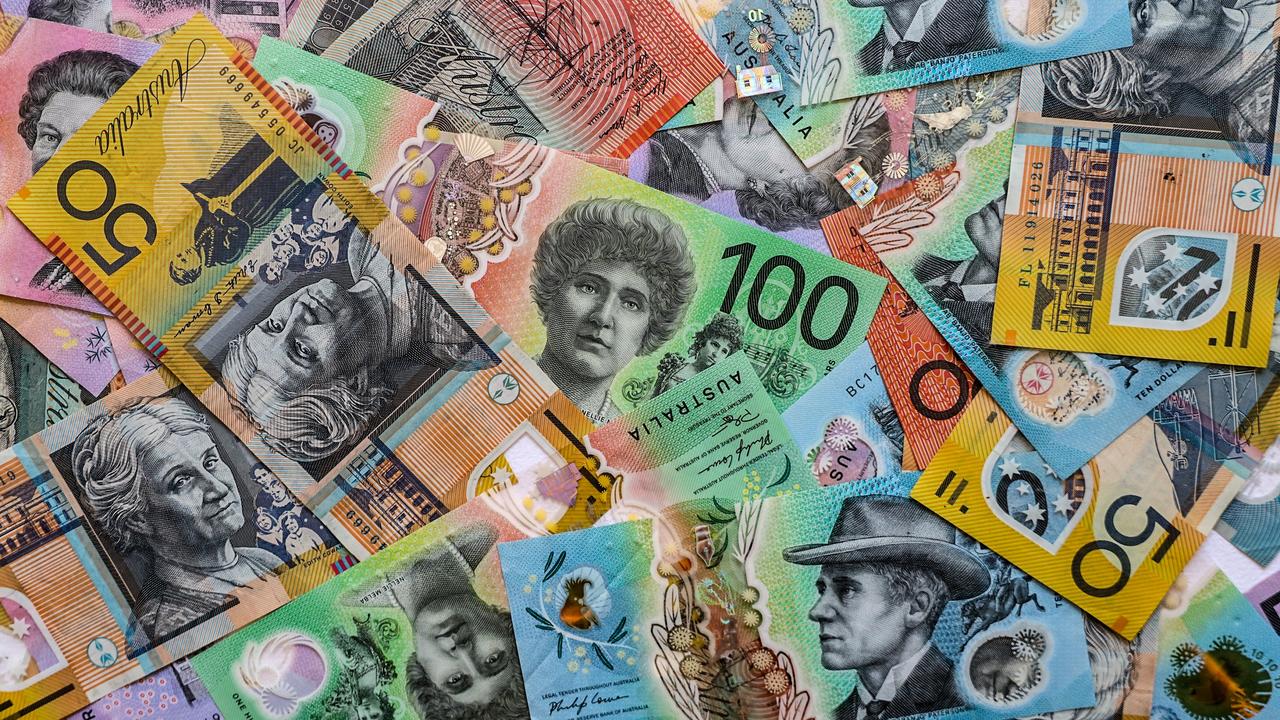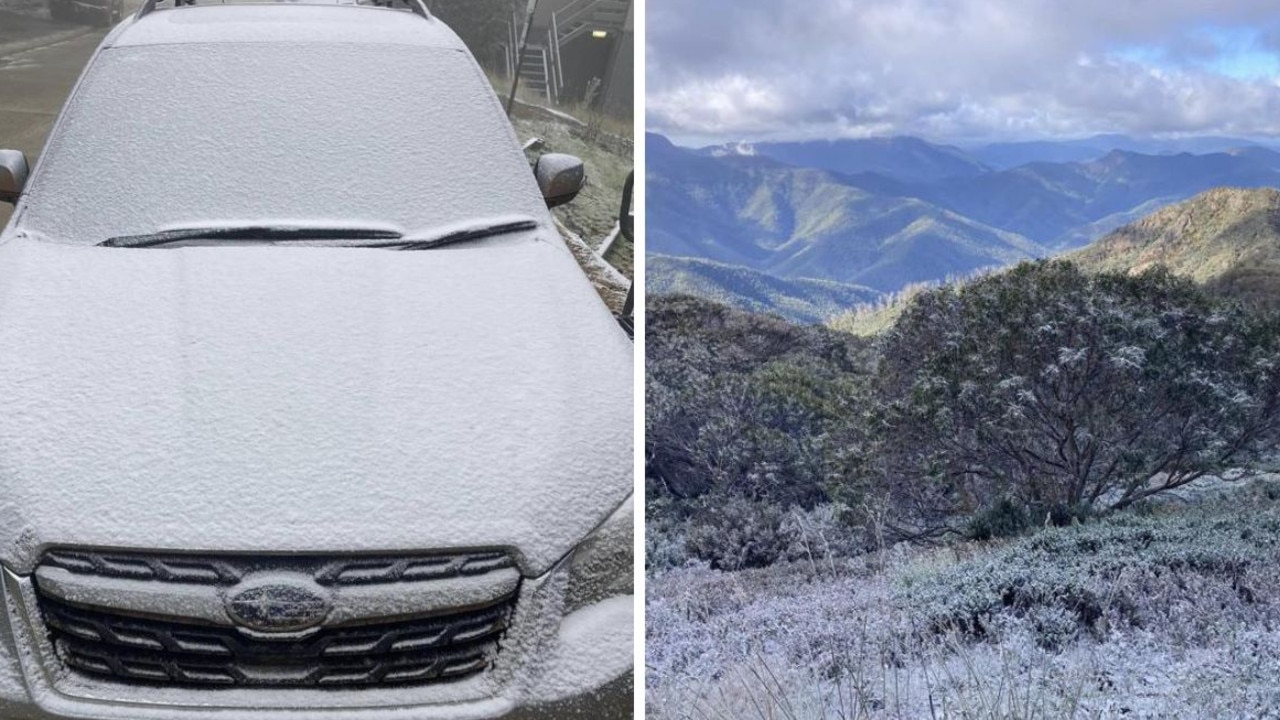‘Kill people’: Chilling warning after Melbourne earthquake
Melbourne has “huge vulnerabilities” and future earthquakes will “kill people”, an expert has warned after Sunday night’s tremor.
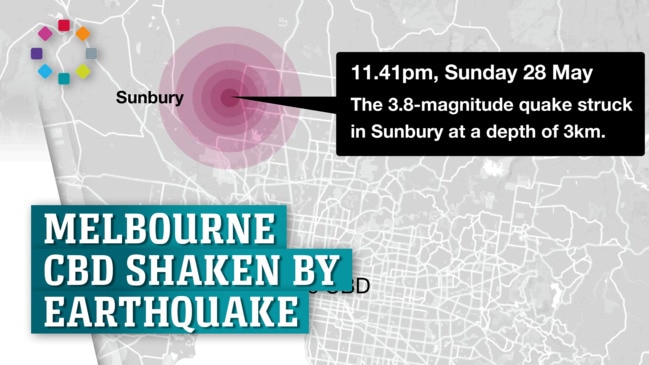
Environment
Don't miss out on the headlines from Environment. Followed categories will be added to My News.
Melbourne has “huge vulnerabilities” and future earthquakes will “kill people”, an expert has warned after Sunday night’s tremor.
The 3.8-magnitude quake struck at 11.41pm on Sunday night, shaking the city and waking residents. The epicentre was located in Sunbury, about 35 kilometres northwest of the Melbourne CBD, according to Geoscience Australia.
The agency said more than 21,000 people reported feeling the quake — which is thought to be the most powerful to strike the Melbourne metropolitan area in more than 120 years — as far north as Bendigo and as far south as Hobart.
This map shows how far & wide the #earthquake in #Melbourne has been felt. We've had 21,386 reports so far - some as far north as Bendigo & as far south as Hobart. https://t.co/c9M3aKxQQipic.twitter.com/zADq94efoa
— Geoscience Australia (@GeoscienceAus) May 28, 2023
No injuries and little damage was reported, but speaking to 3AW on Monday, Mark Quigley, Associate Professor of Earthquake Science at the University of Melbourne, warned that more should be done to secure buildings in the city.
“Laziness is a strong word but we are quite relaxed in a lot of ways about earthquake hazard in Melbourne,” he told host Neil Mitchell.
“We have huge vulnerabilities — you just go down Brunswick Street or Smith Street, you can see the buildings, you can see the vulnerable elements everywhere. It doesn’t take a very strong earthquake to cause really catastrophic damage.”
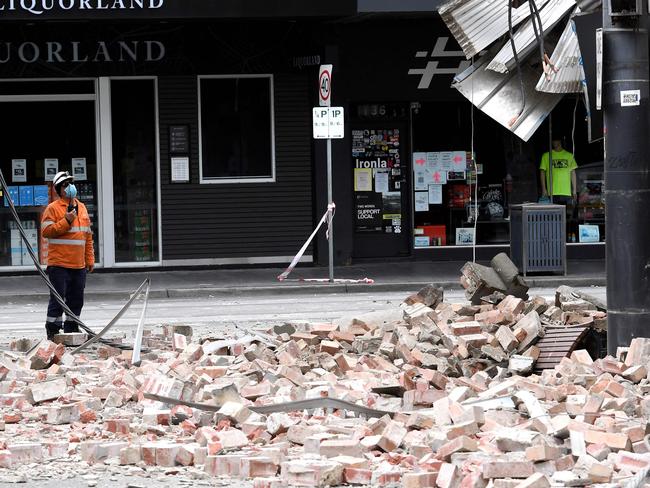
Prof Quigley said there were “things that can be done” to minimise the risk.
“It’s the interface between what we learn about the science and what we learn about the engineering that’s really important, that’s the piece that needs to be worked on,” he said.
“It’s a very noisy world, there’s a huge amount of priorities across all the areas of concern, but from an earthquake scientist what I see as one of the lowest-hanging fruit is more work done on identifying very vulnerable structures that will collapse in future earthquakes and will kill people. We know this — this is a lesson we have learned for centuries.”
He said “retrofitting, strengthening and securing loose elements” could be done “without compromising the beauty of our urban landscape, that’s something that should be thought about”.
Sunday’s quake was stronger than the 2.8-magnitude one that struck Melbourne’s eastern suburbs earlier this month, though that one was still strong enough to shake people’s homes.
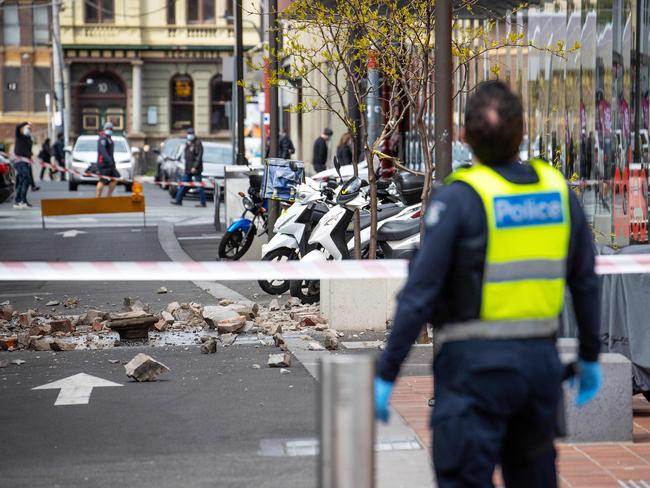
In September of 2021, Victoria was rocked by a record-breaking 5.8-magnitude quake, whose epicentre was near the small town of Mansfield. That one was felt as far away as Sydney and Tasmania. It shook buildings and knocked down walls.
It was followed by two 4.0 and 3.1 magnitude aftershocks 18 and 39 minutes later — both within 10 kilometres of the original tremors.
Prof Quigley historical records of earthquakes were good, with Australia having seismometers for more than a century.
“Before of course that we have lots of historical records,” he said.
“There’s been lots of historical earthquakes throughout Victoria — in the 1860s, 1870s, 1900s and so on, there were some damaging earthquakes in Warrnambool, Ocean Grove in the 1920s, Benalla in the 1930s. People observed them, they were in the newspapers but we’ve got short memories.”
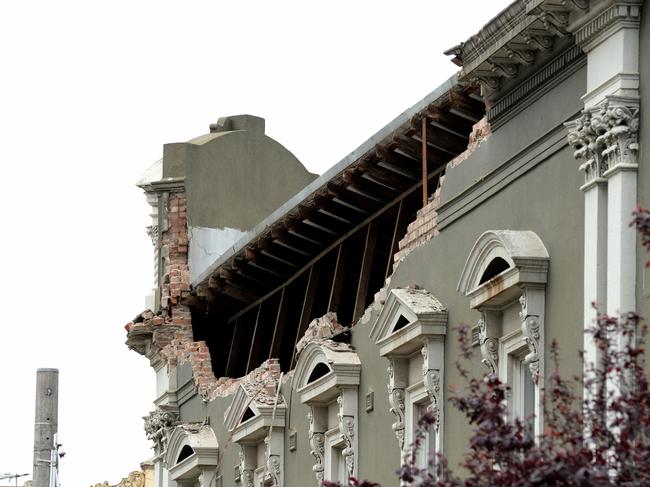
‘Whoosh, rumble then a rattle’
The moment the quake struck was caught on camera at sports radio station SEN 1116, with the microphone in front of host Damian Watson seen visibly shaking.
“Welcome back — we’ve experienced a tremor in the studio, I’m not sure if you have at home,” Watson told listeners. “That felt like a bit of an earthquake.”
One man living in Melbourne’s CBD shared footage from his window moments after the quake hit showing hundreds of high-rise apartments with their lights on.
Melbourne #earthquake felt all across the CBD, everyone wide awake! pic.twitter.com/syBrtlX5Vt
— Paul Lejos (@PLedjen) May 28, 2023
Our Melbourne cameras have captured yet another #earthquake
— SEN 1116 (@1116sen) May 28, 2023
...and a very apt song choice from @damo_wats too! pic.twitter.com/J0Q7VyqXdv
“Melbourne earthquake felt all across the CBD, everyone wide awake,” he wrote.
Another social media user posted home security footage showing her house violently shaking before her cat bolted down the stairs. “As you can see kitty is not impressed,” she wrote.
Melbourne residents swiftly hopped online to check that what they’d felt really was an earthquake. “Earthquake or did I just have a REALLY serious scaring myself out of sleep moment?” The Guardian’s Matilda Boseley wrote.
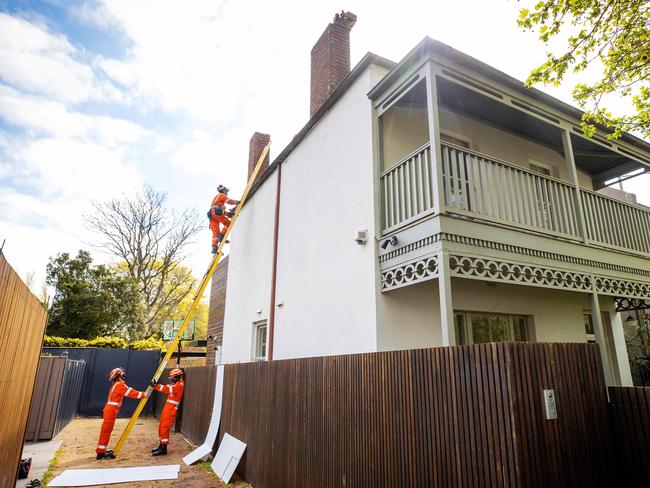
Sunbury resident Corey Lainez told The Age he felt “one very big, violent shake” and it had left a crack in his kitchen wall. “I thought a car or truck had hit the house, and before I could even stand up the dogs were running around the house barking,” Mr Lainez said.
Speaking to Prof Quigley on Monday, Mitchell asked about the “whoosh, then a rumble then a rattle” sound one listener had reported hearing.
“What’s the whoosh?” Mitchell asked.
“What you’re hearing are both seismic waves which are coming from the earthquake and basically radiating out through the earth’s crust, and the interaction of those waves, which is basically movements in the ground, with everything in your house,” Prof Quigley said.
“So you might hear a crack, which is related to the earthquake just nudging something in a certain direction and causing something to slip or crack in your house. The whooshing sound, the seismic waves are coming at several kilometres a second, people describe in big earthquakes it sounds like a big truck or train coming towards them, and then they feel the vibrations coming through.”
The deadliest earthquake in Australia’s history was the 1989 Newcastle quake, which killed 13 people and injured 160. The 5.6-magnitude quake damaged 50,000 buildings, 300 of which were demolished, and left a bill of around $4 billion.
Originally published as ‘Kill people’: Chilling warning after Melbourne earthquake




